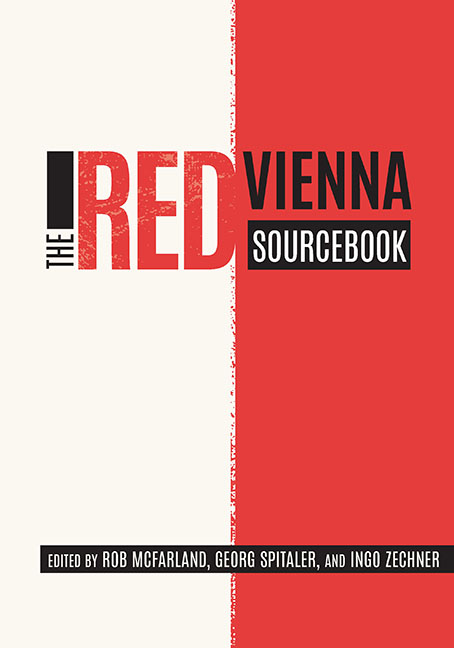Book contents
- Frontmatter
- Contents
- Acknowledgments
- Permissions and Credits
- A Note on the Structure of This Book
- Introduction
- Part I Foundations
- Part II Philosophies
- Part III Identities
- Part IV New Values
- Part V Social Engineering
- Part VI Vitality
- Part VII Housing
- Part VIII Cultural Politics
- Part IX Mass Media
- Part X Exchange
- Part XI Reaction
- Part XII Power
- Chronology
- References
- Contributors
- Index of Subjects
- Index of Persons
Chapter 10 - Jewish Life and Culture
Published online by Cambridge University Press: 23 October 2020
- Frontmatter
- Contents
- Acknowledgments
- Permissions and Credits
- A Note on the Structure of This Book
- Introduction
- Part I Foundations
- Part II Philosophies
- Part III Identities
- Part IV New Values
- Part V Social Engineering
- Part VI Vitality
- Part VII Housing
- Part VIII Cultural Politics
- Part IX Mass Media
- Part X Exchange
- Part XI Reaction
- Part XII Power
- Chronology
- References
- Contributors
- Index of Subjects
- Index of Persons
Summary
IN A PUBLISHED LETTER sent to the “party leadership of the German Social Democrats in Austria” on January 21, 1919, four Viennese Jewish socialist organizations pledged their support for the Social Democrats in the upcoming election for the Constituent National Assembly of German Austria. But the pledge came with a condition: The groups united in the Jewish Social Democratic Party “Poale Zion” in Austria (a group that advocated both Marxism and Zionism) were unified in their demand that the Social Democratic Workers’ Party (SDAP) overcome the “opportunism of the day” and “renounce their position on the Jewish question.” The general position of the Social Democrats was that Jews should assimilate and thereby renounce or downplay their religious commitments. Were the Social Democrats to give up the demand for assimilation, the party could still embrace “social justice […] the basis for the brotherly union of the proletariat of all nations.” While Jewish socialists aimed their ire at the Social Democrats, the party was also under intense fire from bourgeois and nationalist forces who derided the party as verjudet, contaminated by Jewish thought and dominated by Jewish leadership. Indeed, many of the driving personalities involved with the Austrian Social Democratic movement were from Jewish families, including its founder, Victor Adler, and later such party luminaries as Otto Bauer, Julius Tandler, Hugo Breitner, Robert Danneberg, Käthe Leichter, and Julius Deutsch. The complexity of Viennese Jewish identity can be seen in the offer of the Jewish socialists in their letter to the leaders of the supposedly verjudete SDAP: If the party would revise its approach to the Jewish question, the Jewish socialist associations vowed to join them in the “fight to the death against the dehumanizing and Volk-defiling force of Jewish capital.” These Jewish groups thus weaponized anti-Semitic tropes against other Jewish groups, showing the toxic ubiquity of anti-Semitism.
The complexity of the political, social, and religious identity of Vienna's Jewish citizens is inexorably tied to the unstable and increasingly dangerous conditions that surrounded them. While the Red Vienna era was tumultuous for all Viennese citizens, Vienna's Jewish inhabitants experienced the years of the First Republic in a state of perpetual crisis.
- Type
- Chapter
- Information
- The Red Vienna Sourcebook , pp. 191 - 210Publisher: Boydell & BrewerPrint publication year: 2019

